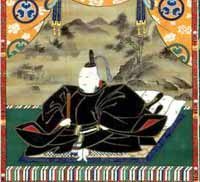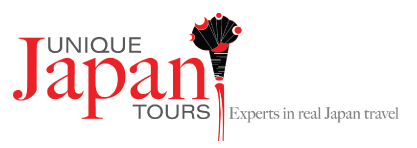 Ieyasu Tokugawa succeeded Toyomi Hideyoshi and in 1603 was given the title of shogun from the emperor. The family consolidated control by giving the best farmland to clans loyal to his cause. As rice was an extremely valuable commodity, clans on the losing side of the civil war were mostly moved to Shikoku and Kyushu where the climate and land made it difficult to cultivate. The capital was moved to Edo and the Tokugawa Period began.
Ieyasu Tokugawa succeeded Toyomi Hideyoshi and in 1603 was given the title of shogun from the emperor. The family consolidated control by giving the best farmland to clans loyal to his cause. As rice was an extremely valuable commodity, clans on the losing side of the civil war were mostly moved to Shikoku and Kyushu where the climate and land made it difficult to cultivate. The capital was moved to Edo and the Tokugawa Period began.Main highlights of the Tokugawa Period
During the 1630s, the main group of foreigners in Japan were Spanish, Portuguese, English, Dutch and Chinese. Fearing that the Daimyo would gain more power in international relations, the Shogun, created the seclusion edicts, ordering all but a few Chinese and Dutch out of Japan. The remaining foreign traders were only allowed stay on the man-made island of Dejima just off Nagasaki. Foreigners were strictly banned from entering the country, partially due to fear of
During the relative peace of the Tokugawa period the Japanese arts flourished and by 1700 Edo was one of the worlds largest cities. Kabuki, the Japanese stage performance drama, was perfected. People developed strong work ethic and discipline in making crafts. At the same time the strict social structure enforced by the shogunate began to stifle the population. Artisans and merchants, seen as the lowest classes, began to accrue more wealth than the peasants and even samurai, who had mostly been relegated to bureaucratic positions. Rich peasants and merchants chaffed at the laws banning people below the samurai class from carrying swords, and samurai resented the lower classes rise in power. High rice taxes on the peasantry caused multiple uprisings during times of drought as after 2 centuries the Tokugawa shogunate began to become more corrupt.
In 1853 Commodore Perry positioned four steam boats outside of Edo and gave the shogunate a letter of ultimatum: either open Japan to foreign commerce or the US military would attack. In 1954 Perry returned and forced the shogunate to allow the United States to station a negotiator named Townsend Harris in Japan. A combination of lack of support from allies within the country, lack of modern military strength and corruption led the shogunate to capitulate to US demands and in 1858 Japan signed a treaty of commerce with the United States. They were granted extra-territoriality (meaning that US citizens were governed by US laws even on Japanese land) along with other privileges not given to the Japanese in turn. This was the final catalyst that plunged the country into rebellion against the Tokugawa shogunate.

